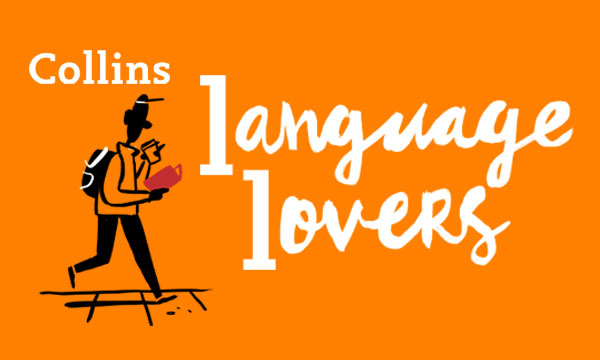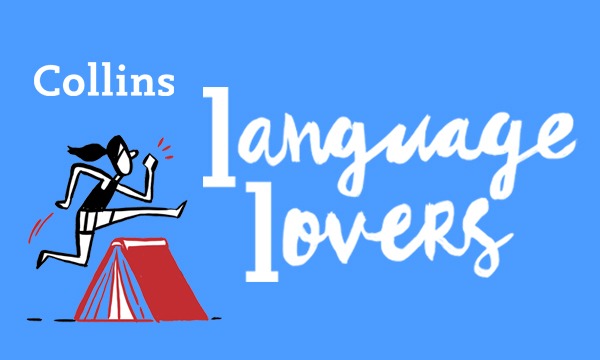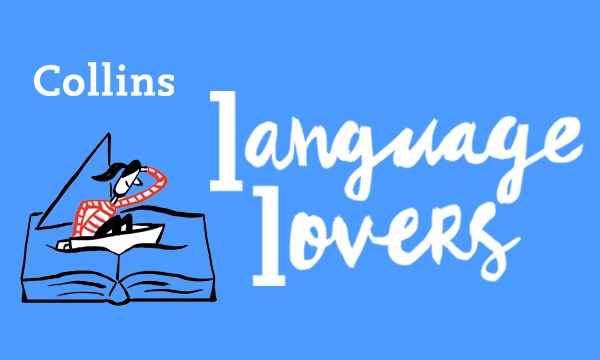Java. Bean juice. A cup of joe. Whatever you call it, coffee is arguably one of the most popular drinks worldwide, with a reported two billion cups consumed every day.
Today’s coffee is able to trace its origins back to the ancient coffee forests of Ethiopia. Coffee made its way over to Europe in the 17thcentury and quickly became one of the continent’s most popular beverages, with public coffee houses popping up across major cities in England, Austria, France, Germany and the Netherlands.
These days, not an awful lot has changed. Coffee is still enjoyed at home, at work, and can be purchased from many chains of coffee shops. It also now comes in many varieties, with pumpkin spice lattes and cold brews appearing on the menu. To celebrate this hard-working bean, we wanted to explore the roots of six delicious coffee-based drinks. Grab a cup and enjoy!
Affogato
Do you prefer dessert or a coffee after a meal? With an affogato, you get the best of both worlds. First known as an affogato al caffe, an affogato is a scoop of either milk-flavoured or vanilla gelato covered with a shot of hot espresso. The word first appeared in English contexts in the late 20th century and it literally means ‘drowned’, stemming from the Italian affogare meaning ‘to drown’.
Café au lait
Some like it hot and when it comes to the café au lait, it’s all about the milk. Not surprising, given its French name translates as ‘coffee with milk’. But how does it differ from a simple white coffee? For a start, café au lait is defined by its use of hot milk. It differs from a latte in that it doesn’t have any milk foam and contains less milk. If you’re sipping in France, it is typically served in a footed bowl, perfect for dunking a croissant.
Cappuccino
It seems there is plenty of room for variation when it comes to milky coffee drinks. A cappuccino is most commonly associated with Italy, but its it’s likely that its origins lie in the Austrian Kapuziner coffee. The word itself has religious roots:the drink was apparently named after the Franciscan Capuchin friars of 16th-century Italy, because the colour of espresso mixed with steamed milk was thought to be similar to the colour of their robes. A cappuccino has an even distribution of espresso, steamed milk and foamed milk, giving it distinctive layers.
Cortado
From France, to Italy, and now on to Spain, a cortado coffee is a drink made by pouring a small quantity of steamed milk over a single cup of espresso coffee. Originating in Spain’s Basque Country, cortado literally means ‘cut coffee’, from cortar meaning ‘to cut’. Why? Well, it refers to the milk cutting through the intensity of the espresso shot, which tones down the acidity while retaining the flavour of the coffee.
Doppio
You can never have too much of a good thing and if you love coffee, you’re probably ordering a doppio. In Italian, doppio is a multiplier meaning ‘double’. While it can be used to describe anything double, for example, a double portion of butter, it’s commonly used as a way of ordering a double shot of espresso. The very first espresso, meaning ‘pressed out’ or ‘expressed’ (it is made by forcing steam or boiling water through ground coffee beans), was drunk in the late 19thcentury and it didn’t take long to start doubling from there!
Mocha
Whether you pronounce it moe-ka or maw-ka (who even knows these days?), we can all agree that a mocha coffee is a delicious treat. Named after the city of Mocha in Yemen, one of the earliest centres of the coffee trade, a mocha is an espresso mixed with milk, made with cocoa powder or pure chocolate. Mocha first appeared in English, applied to a type of fine coffee, around the late 18thcentury and it came to refer to a mixture of coffee and chocolate by the mid 19thcentury.
Looking for more delicious words to add to your vocabulary? Check out 7 mouth-watering foodie words with roots in other languages.
By Rachel Quin
Rachel Quin is a freelance marketer and copywriter with a love of language, books and cats.
All opinions expressed on this blog are those of the individual writers, and do not necessarily reflect the opinions or policies of Collins, or its parent company, HarperCollins.



